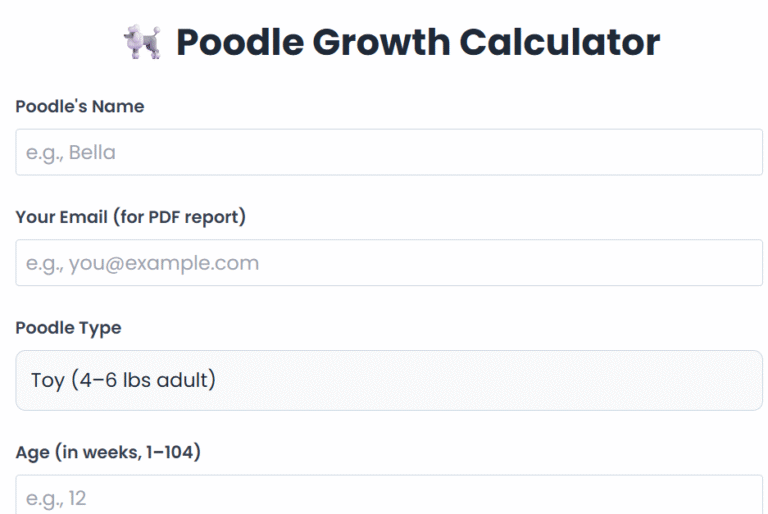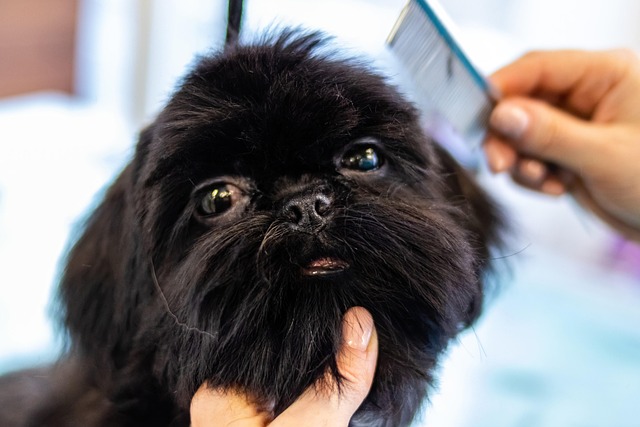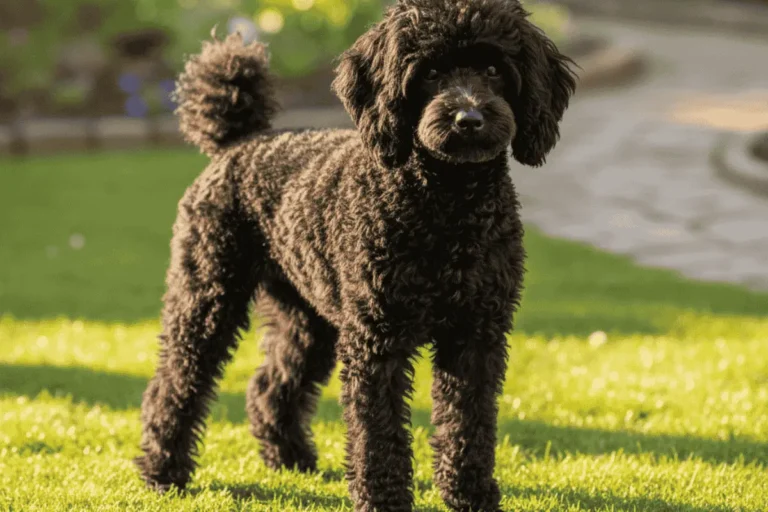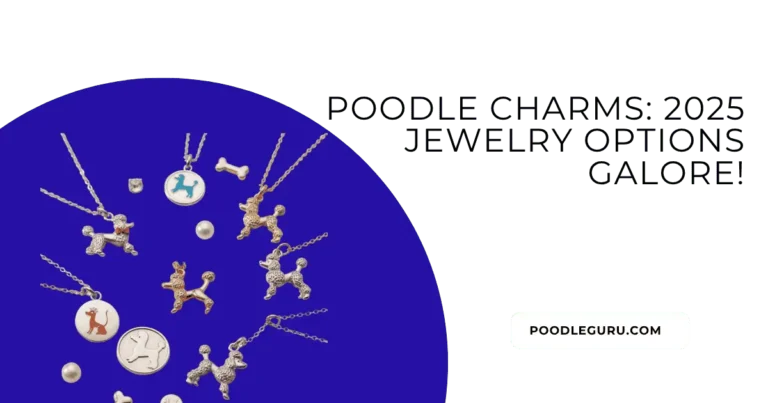Hey there, poodle lovers! If you’ve ever watched a poodle prance around, you know their tail is like a little mood ring, swishing and swaying to tell you exactly what’s on their mind. From wild wags during a zoomie session to a gentle flicker when they’re chilling, that tail is pure poodle magic. Whether you’ve got a majestic standard poodle, a sassy miniature, or a tiny toy, their tails are a big part of what makes them so darn lovable.
Let’s dive into the world of poodle tails — what they look like naturally, why some are short and fluffy, how to keep them looking fabulous, and tips to ensure they’re as happy as your pup’s wagging heart.
What’s a Poodle Tail Like in All Its Glory?
Picture this: a natural poodle tail is long, mostly straight with a slight curve, and covered in those iconic, bouncy curls we all adore. Poodle pups carry their tails high, wagging like nobody’s business when they’re excited, curious, or just showing off.
- Standard poodles rock the longest tails, with all the drama and flair you’d expect from these regal pups.
- Miniature and toy poodles have shorter tails, but trust me, they pack just as much attitude!
Fun fact: those tails aren’t just for looking cute (though they nail that). They help with balance when your poodle’s zooming around and act like a little flag to chat with you and other dogs. Tail up? “I’m ready to play!” Tail low? “I’m just chilling.”
Why Do Some Poodles Have Short Tails?
You’ve probably seen poodles with those adorable, short tails topped with a fluffy pom-pom. That’s tail docking — a tradition that started way back when poodles were water retrievers. A shorter tail meant they could glide through water without getting tangled in weeds, and that pom-pom? It helped hunters spot them from afar.
Nowadays, docking is mostly about keeping that classic poodle look for dog shows. In the U.S., it’s still common for show poodles, but places like the UK and Australia have banned docking for pet poodles, keeping those tails au naturel.
Here’s how docking typically works, done when puppies are just a few days old:

- Toy poodles: About half the tail stays.
- Miniature poodles: A bit more tail is kept.
- Standard poodles: Around 1–1.5 inches remain.
To Dock or Not to Dock? That’s the Question
Deciding whether to dock your poodle’s tail is a big choice, and it’s totally up to you. Here’s the lowdown to help you weigh it:
Pros of Docking
- Gives that iconic poodle look, especially for show dogs.
- Might reduce tail injuries in super active pups (though injuries are rare).
- Required for some dog show competitions.
Cons of Docking
- Even when done young, it can cause discomfort.
- Docked tails might stay sensitive or develop nerve issues later.
- Natural tails let dogs “talk” more clearly with their wags.
Did you know? Tail injuries are super rare — less than 0.4% of dogs deal with them each year. If your poodle’s a family pal and not a show star, lots of owners are choosing to keep those tails long and curly for maximum personality.
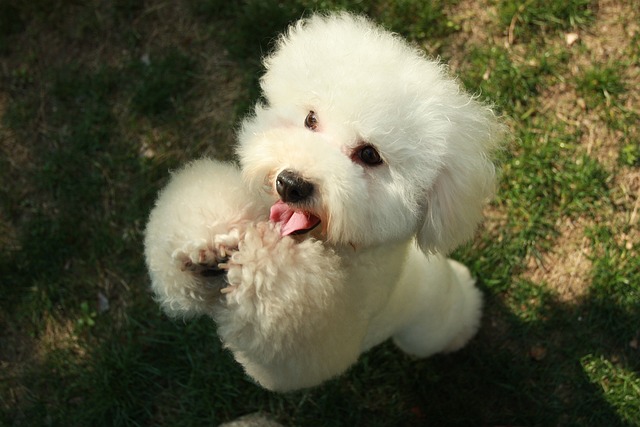
Styling That Tail to Poodle Perfection
Docked or natural, poodle tails can steal the show. The classic pom-pom style is a fan favorite:
- Shave the base for cleanliness (no one wants a messy tail!).
- Leave the end round and fluffy like a little cotton ball.
For natural tails, a light trim keeps those curls tidy without losing length. Aim to groom every 4–6 weeks, using a soft slicker brush to detangle and a gentle, dog-safe shampoo to keep their skin happy. Trust me, your poodle will strut their stuff with a freshly groomed tail!
Keeping Your Poodle’s Tail Healthy and Happy
Poodle tails are pretty low-maintenance, but they can run into a few hiccups:
- Pulled tails from rough play can make them go limp — head to the vet ASAP if you notice this.
- Docked tails might stay sensitive, so keep an eye out.
- Those gorgeous curls can trap dirt, burrs, or even pesky pests like fleas.
Daily Tail Check Routine
- Look for swelling, redness, or excessive licking (your pup’s way of saying, “Something’s up!”).
- Notice any weird wagging changes? It could mean discomfort.

Quick Tips for a Tail That Wags Forever
✔ Check for mats or dirt daily — those curls love hiding stuff!
✔ Discourage tail-chasing (cute but not great for their health).
✔ Stick to safe toys for playtime to avoid tail tugs.
✔ Thinking about docking? Have a heart-to-heart with your vet about the pros and cons.
✔ For show dogs, follow breed standards but always put your pup’s comfort first.
Poodle Tail FAQs — Your Burning Questions Answered
- Why do some poodles have docked tails?
It started for hunting in water but now it’s mostly for that classic show dog look. - Does docking hurt puppies?
Even at a young age, it can cause discomfort. For older dogs, it’s riskier and more painful, which is why some countries have banned it. - How do I groom my poodle’s tail?
Brush regularly with a soft slicker brush, trim lightly for hygiene, and use dog-safe shampoo to keep it fresh. - Are tail injuries common?
Nope! Only about 0.4% of dogs have tail issues each year. - Natural or docked — which is better?
Depends on you! Show dogs might need docking, but natural tails are awesome for communication and balance. - How often should I check my poodle’s tail?
A quick daily peek helps catch any issues early, especially with those curly tails.
Let That Tail Shine!
Whether it’s a long, curly masterpiece or a short, pom-pommed cutie, your poodle’s tail is a big part of their charm. Keep it clean, healthy, and comfy, and your pup will be wagging their way through life with pure joy. Here’s to happy tails and even happier poodles!

